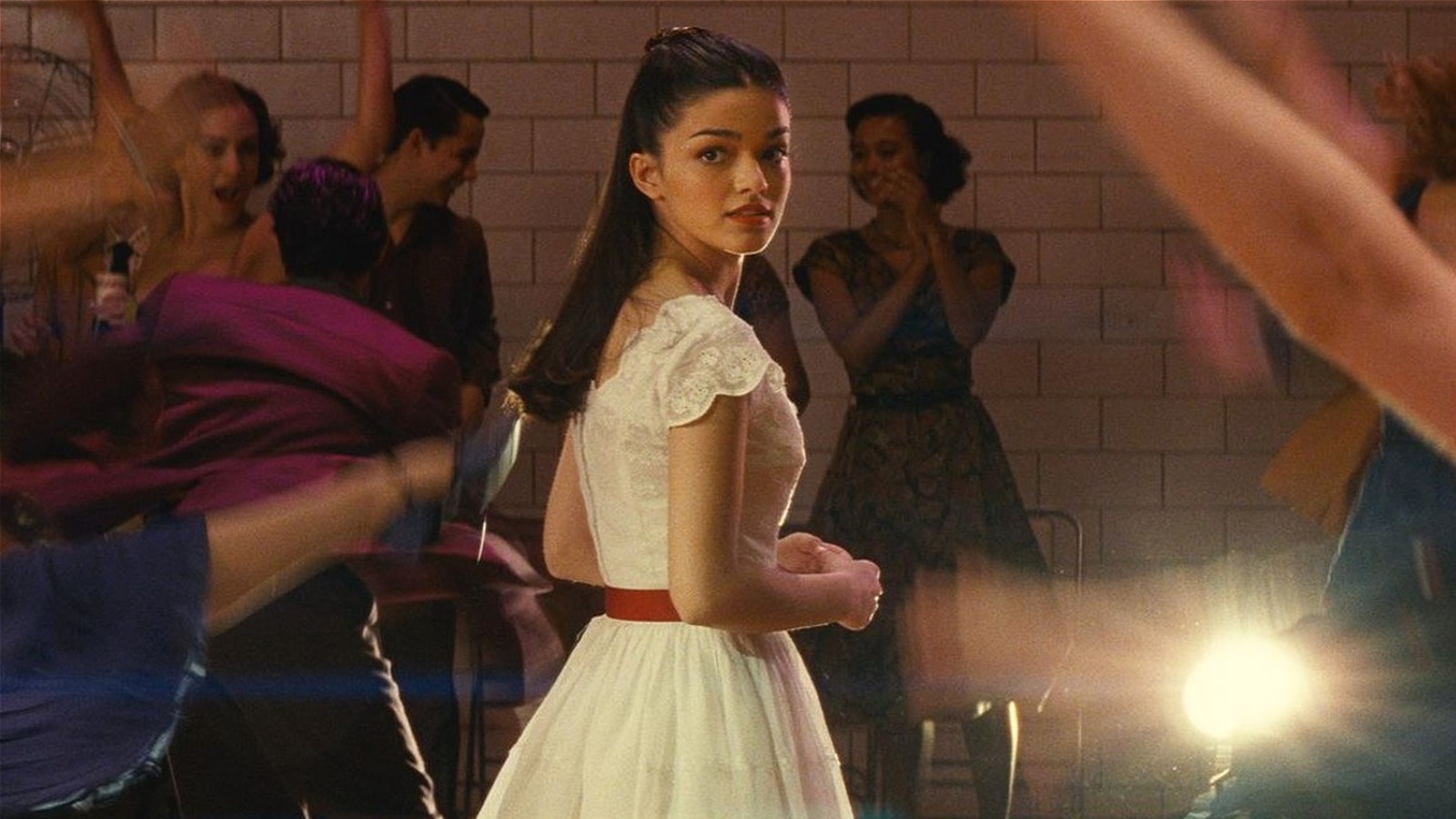To me, the contents of a doggie bag always look sad, forlorn: sauce all congealed, beautiful arrangement on the plate destroyed when the server haphazardly shoves the remnants into the container. Come the morning after, it's time to cue Peggy Lee: "Is that all there is?" How pitiful-looking are the remains of the entrée I paid $15 or $25 or $35 for last night? It can't just be reheating on my homely servingware that destroys the glamour and subtleties of flavor that made it so wonderful, can it? Was I just bedazzled by swank atmosphere and cosseting service, hoodwinked? The magic wreaked by fine-dining kitchens is an evanescent, nighttime thing: seeing its naked bones in the harsh light of day can be a cruel letdown.
The doggie bag presents other issues:
- It's a Petri dish. Unless it’s the dead of a New England winter and the bag goes directly into my car trunk to chill, it sits at room temperature while I finish my dessert, coffee, and digestif, and while I enjoy some live music or the last half-hour of the game or a nightcap at my local. It may spend hours incubating bacteria before it sees my fridge.
- I hate schlepping it around. I don’t drive to most restaurants (I often enjoy wine with dinner), so I’ve got to drag that thing along in the taxi, train or bus, and to any stopoffs on the way home. It may smell strong. Sometimes it leaks. It’s a pain.
For instance, when Prezza, an excellent high-end Italian restaurant in Boston’s North End first opened some years ago, you could actually order an antipasto, a primo of pasta or risotto, a secondo, a contorno or two, and even dessert or cheese without needing to be wheeled home in a barrow. Their portion sizes were normative for Italy, normal in fact for just about anywhere but the USA, home of the SUV and the world’s most obese and morbidly obese populations. On a return visit, I was surprised to learn I'd significantly over-ordered. Prezza’s portions had been supersized, nearly doubled, doubtless because customers were bellyaching about “tiny” portions. When two of us dine there now, we split a single antipasto, pasta, entrée and dessert, and leave perfectly satisfied. We get a meal we can finish. No food is wasted. And we don’t need a damnable doggie bag.
I know mine is a minority viewpoint; I don’t expect the laudable portion-shrinking efforts of chains like TGI Friday’s to catch on. And I don't object to obscene portions because I'm worried about the other guy's health. If you want to hit the local casual-dining-chain hog trough, order yourself enough food for a small African village, and then take half of it home to gorge on later, by all means: knock yourself into type 2 diabetes. Nor is it a price issue for me -- I understand that my meal might only get 15% or 20% cheaper if there were half as much food on the plate.
Mainly, it’s that I want to remember that meal as it was meant to be enjoyed: all its ingredients at their peak of freshness and flavor, expertly cooked and beautifully plated, meticulously served amidst flattering lighting and pleasant company. I hate to besmirch a great meal's shining moment with a wan, warmed-over rerun, sitting in my bathrobe on the sofa. It's dispiriting, and dishonors the chef and line cooks and waitstaff who planned, sweated, and hustled, juggling 45 balls at once to make it arrive on my table at its absolute acme, at exactly the right point in my evening, smack in the middle of the dinner rush. So I will continue to explain to my server when dinner’s over and our plates are still half-full: “We’re done, thank you. Tell the chef we loved it, it was just more than we could finish. And, thanks, but we'll pass on the doggie bag.”





